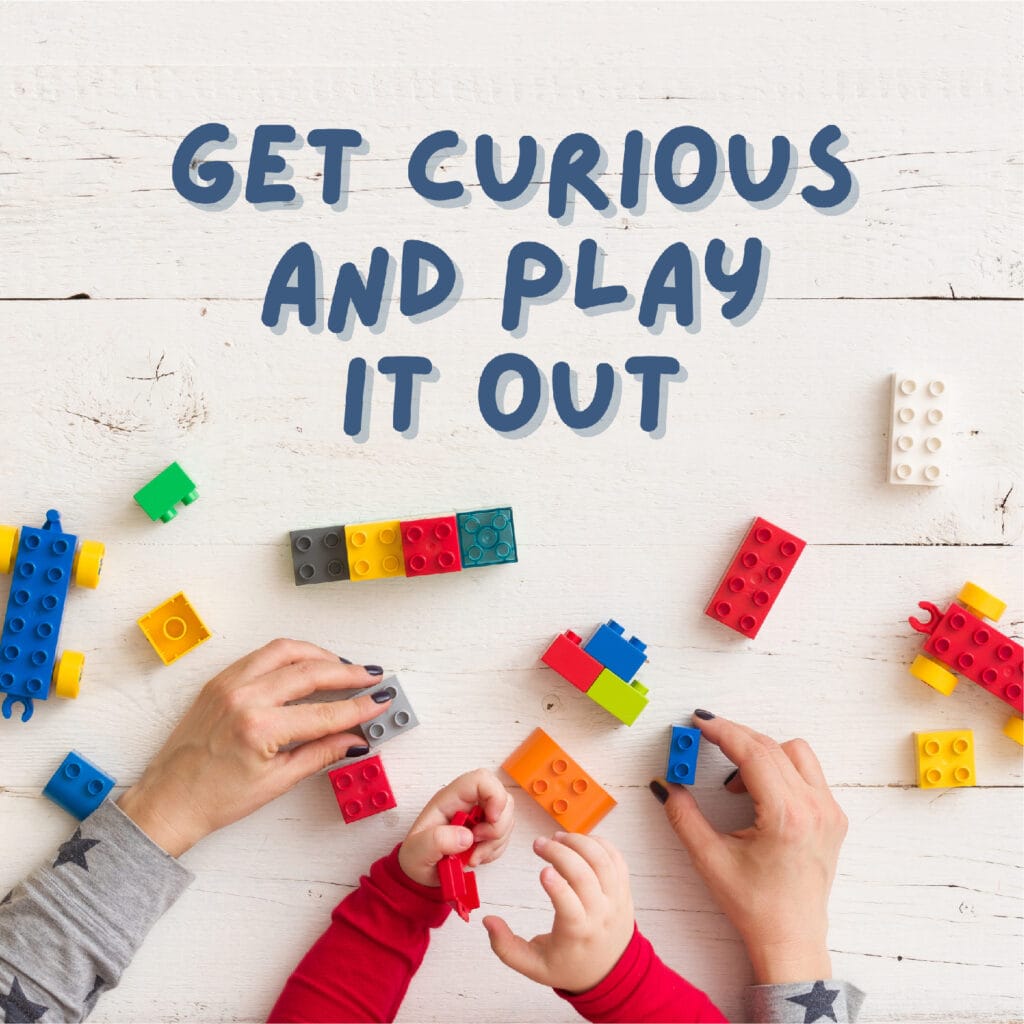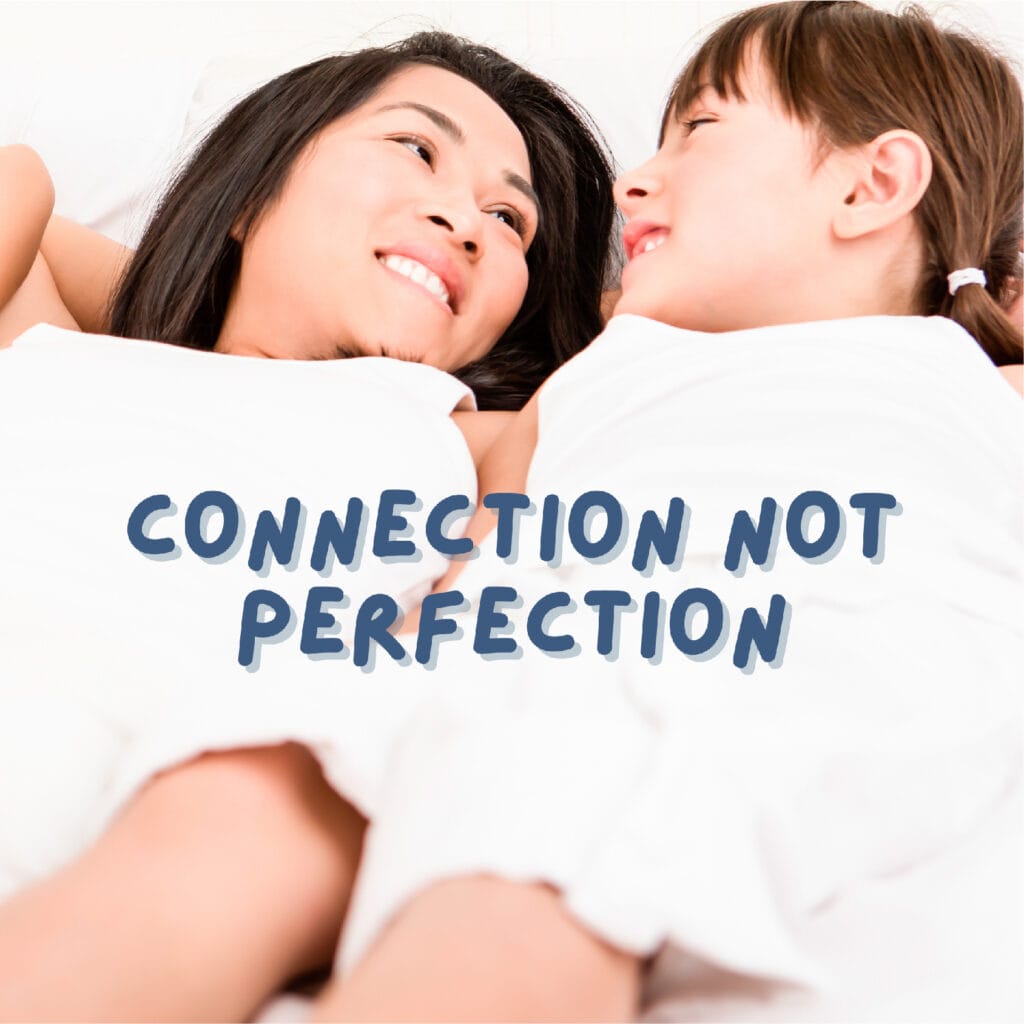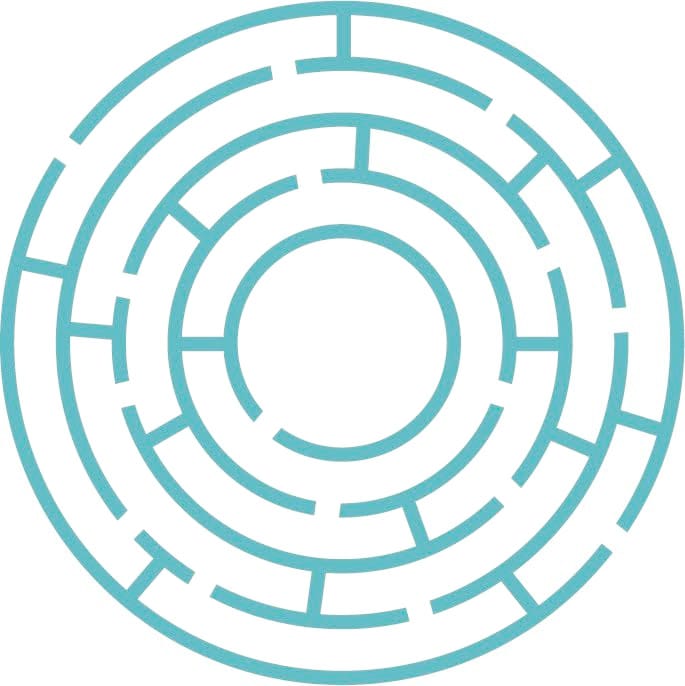Mental health awareness is being increasingly recognized across Canada, especially with the added stress of the global pandemic. There has been resounding support for the promotion of children’s mental health throughout this pandemic, as researchers at SickKids in Toronto found that the majority of children and youth in their study reported deteriorations in their mental health following the first wave of the pandemic (SickKids, 2021). While we are facing a new school year in the context of this pandemic, we are receiving the message loud and clear that we need to promote mental health among our children. However, many of us are left wondering how to approach such a broad and complex topic with our children. To help parents navigate this big question, we suggest using these 5 strategies at home to help talk to your children about mental health.
1) Normalize Feelings
One of the most helpful strategies for our children is to normalize their feelings. Just like adults, children experience a wide range of feelings; however, they don’t always have the knowledge to understand what they are feeling or why. As adults, helping children name their feelings can help them understand their experiences and make sense of their feelings. It also helps them feel seen and validated in their experience.
Example: “Wow, I can see that you’re feeling really mad right now.”
When children learn to name their feelings, this helps them learn the skills they need to better communicate their feelings in the future. Going one step further, you can help your children understand why they’re experiencing that feeling by helping them connect their feelings to what has happened.
Example: “When your friend wasn’t ready to share their toy, that made you feel really upset. You were mad you couldn’t have a turn; maybe even sad they didn’t want to share”.
Let them know that all feelings are OK – there are no wrong feelings. Anger, sadness, frustration, happiness, excitement, jealously, worry – these are normal feelings that everyone experiences sometimes. However, just because all feelings are OK, that doesn’t mean that everything we do with our feelings are OK. Hitting someone when we are angry, for example, is not OK – but feeling angry is OK. What we can do as adults is help make that distinction clear to children and then help them learn to better understand and express their feelings in an appropriate way.
2) Focus on the Function
Helping children understanding that their feelings have purpose will give them more control over their feelings and a sense of agency. They can start viewing their feelings as important messengers as opposed to something that is just happening to them. When we understand why those messages are being communicated, we can help give our bodies what they need.
For example, anger can show up when we feel someone is treating us in a way we don’t want to be treated, when we don’t feel like we’re being heard or valued, or when our feelings are hurt. Sadness can show up when we feel we have lost something – a person, a pet, an opportunity, an experience. Stress can show up when we have too much going on for us at one time, we feel responsible for more than we feel we can manage. Worry can show up when we’re starting something new and unknown or when something unexpected happens. The list could go on, but the point is, our feelings are our bodies’ way of trying to help us make sense of the world around us, by communicating how we’re understanding our experiences and what we need to do in different situations. If we’re feeling mad, maybe we need to make our boundaries clear about how other people can treat us. If we’re feeling sad, maybe we need comfort from a hug or a talking to a friend. Knowing that our feelings are our bodies communicating with us can help children understand why their feelings happen and can be an important step to helping them learn ways to identify and control their feelings so they don’t get too big and take over a situation.
Depending on the age and development of your child, this conversation can lead to a greater understanding of mental health in general. When we have a lot of difficult experiences and stressors pile up, we can have lots of feelings in our bodies that are telling us we are having a hard time processing and understanding what we’re feeling. If children are having more hard feelings than easy feelings, it’s their body telling them they need a grown-up help to deal with the hard things and make sure they are getting what they need for their mental wellness.
3) Get Curious and Play it Out

Parents often ask: "how do we get at what’s underneath the feelings that children are showing to us? We can tell they are angry or sad, but they can’t tell us why – what do I do now?”. One thing you can try is getting curious with your child about their feelings. Instead of relying on your child to explain themselves, which can be difficult for children to do, treat the feelings as something happening to the child, and something you need to figure out or solve together. Instead of asking “Why do you feel like this?” or “What happened?”, try using “I wonder…” language. When you use “I wonder…” language, this helps teach your child that their feelings are a way that their body communicates and that listening to their feelings helps them figure out what they need in that moment.
Example: “Hmm, I see that anxiety is showing up for you today. You can feel it in your tummy. I wonder what that feeling is trying to tell us.”
Talking for children can be hard as it involves a lot of complex parts of the brain that aren’t fully developed until they’re adults. One thing you can do when you’re getting curious about your child’s feelings is to play to their strengths – literally! Not only do children learn the best through play, engaging in play helps children regulate. Not only can using play help engage your child in the situation and make it easier for them to learn about their feelings, playing will help keep children’s brains in a regulated state where they are ready to learn, communicate, and express themselves. Pretend the anxiety is a little creature you need to catch to understand why it’s there or that the anger is a tiger that needs to be tamed. Play out a situation with LEGO or puppets. You can take a playful approach while still taking the situation seriously.
4) Lead by Example
While talking, explaining, and playing with our children are great strategies, above all else, our actions have a much bigger impact than our words. One of the best ways to teach your child about mental health is to model it for them. If you’re having a day with difficult feelings, name them, just like you would for your children. Then let them see you engage in a calming strategy.
Example: “I am feeling very stressed today, I’m going to take a few deep breaths to calm my body.”
Letting them see you name your hard feelings and engage in strategies that help promote your own mental health gives them permission to do the same. It sends the message that it is OK to have hard feelings sometimes. When hard feelings happen, it’s important to take care of them, just like how you would put a Band-Aid on a scraped knee.
While this all sounds great, I know most parents are probably thinking – well this is not realistically going to happen a lot of the time. And guess what, that is also OK! When the inevitable happens and your own feelings get too big, there is also an opportunity to model growth and repair.
Example: “I got really frustrated before and yelled. That wasn’t the best way to deal with my feelings and it wasn’t fair to you that I yelled.”
This teaches your child that it’s OK to make mistakes. That each time we make mistakes, it provides us with an opportunity to learn and grow throughout our lives; even when we’re grown-ups, because after all - nobody is perfect.
5) Connection, not Perfection

While nobody is perfect, parents often feel the pressure to get it right all of the time. But despite what we might think, our kids do not need us to always have the perfect response nor explanation. Our kids don’t need a perfect parent, they need a connected parent. Creating moments in the day of uninterrupted connection with your children where you follow their lead is one of the best resources you can give them for their mental health. Whether it’s a game they want to play, a topic they want to talk about, or time to cuddle – tuning into their needs gives them the message that their needs are valid, their ideas are important, and they are worthy of your time and love. Spending this time with your children can also create natural opportunities for them to bring up topics that have been bothering them or questions they might have. In our jam-packed schedules, adding another thing to the list may seem daunting, but even small amounts of time can make a big impact – like 10 minutes each day. And remember, it’s about quality, not quantity – small moments of meaningful connection can go a long way to promote your child’s mental wellness.
Written by: Gillian Klassen, Mental Health Clinician, KIDTHINK
References
SickKids. (2021, July). SickKids releases new research on how COVID-19 pandemic has impacted child and youth mental, physical health. Retrieved from SIckKids: https://www.sickkids.ca/en/news/archive/2021/research-covid-19-pandemic-impact-child-youth-mental-physical-health/

MORE COMMON THAN YOU THINK
- 1 in 7 children suffers from mental illness in Manitoba (Chartier et al., 2016).
- 70% of mental health problems have their onset in childhood or adolescence (Government of Canada, 2006).
There Is Hope The good news is that mental illness can be treated effectively. There are things that can be done to prevent mental illness and its impact and help improve the lives of children experiencing mental health concerns. Early intervention is best.
How KIDTHINK Can Help
To make a referral contact us
To subscribe to our newsletter, click the 'subscribe' button.




